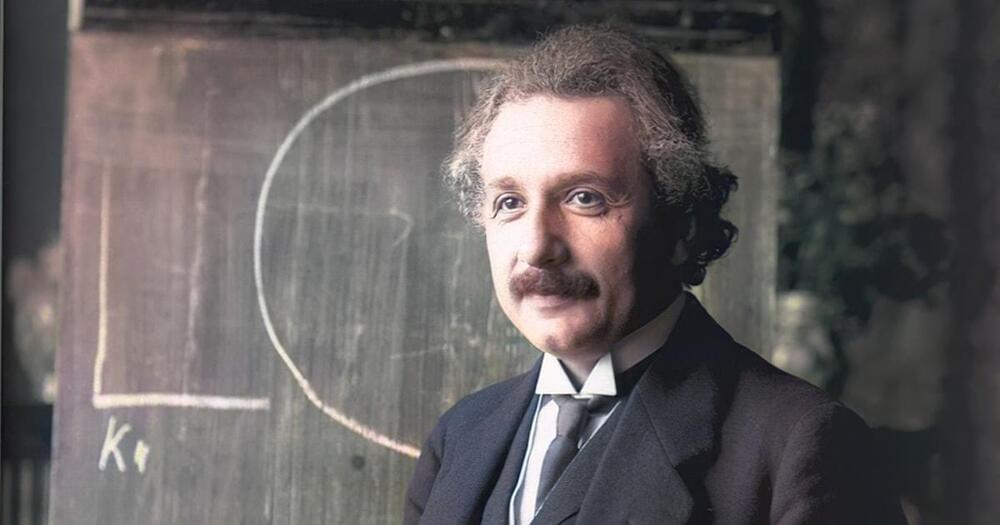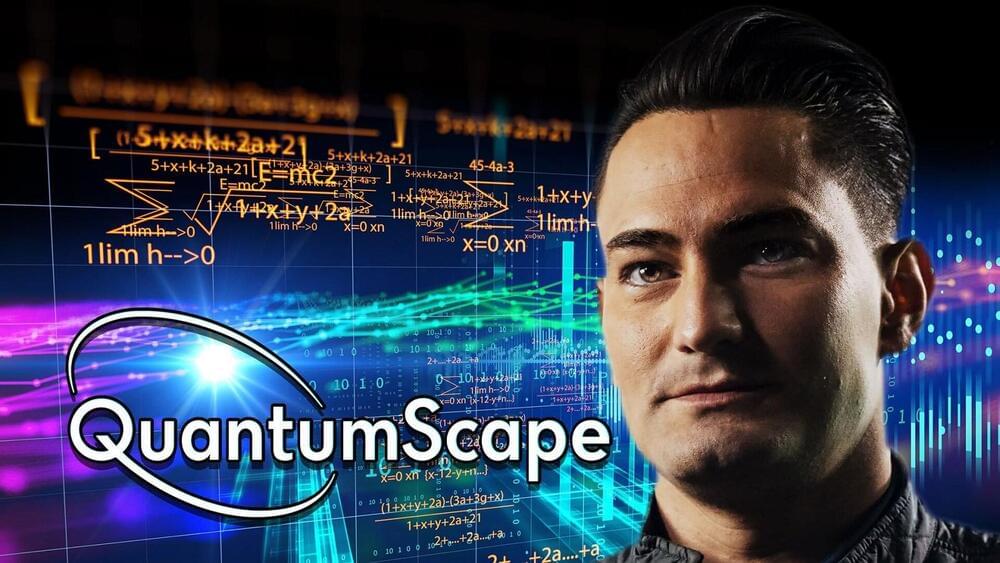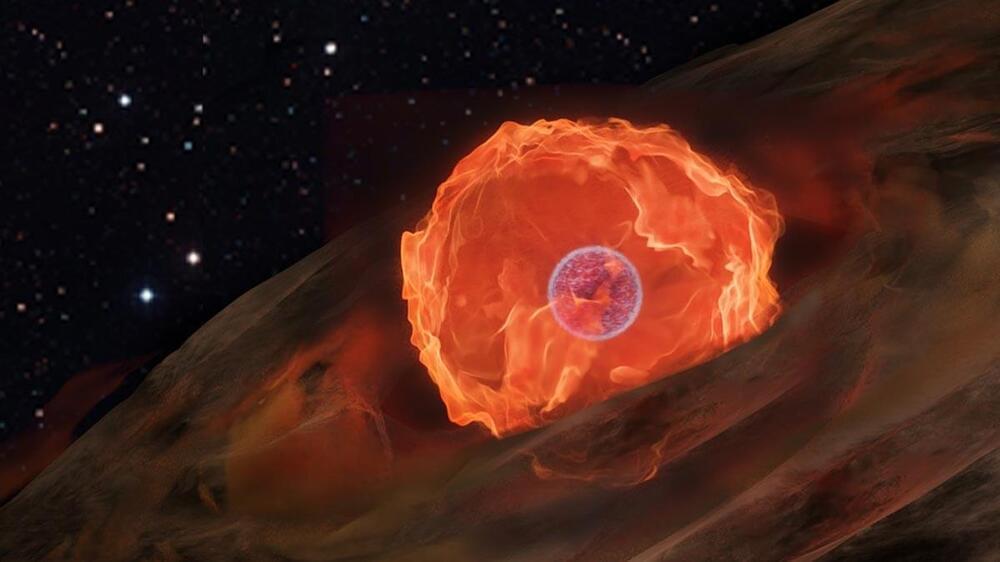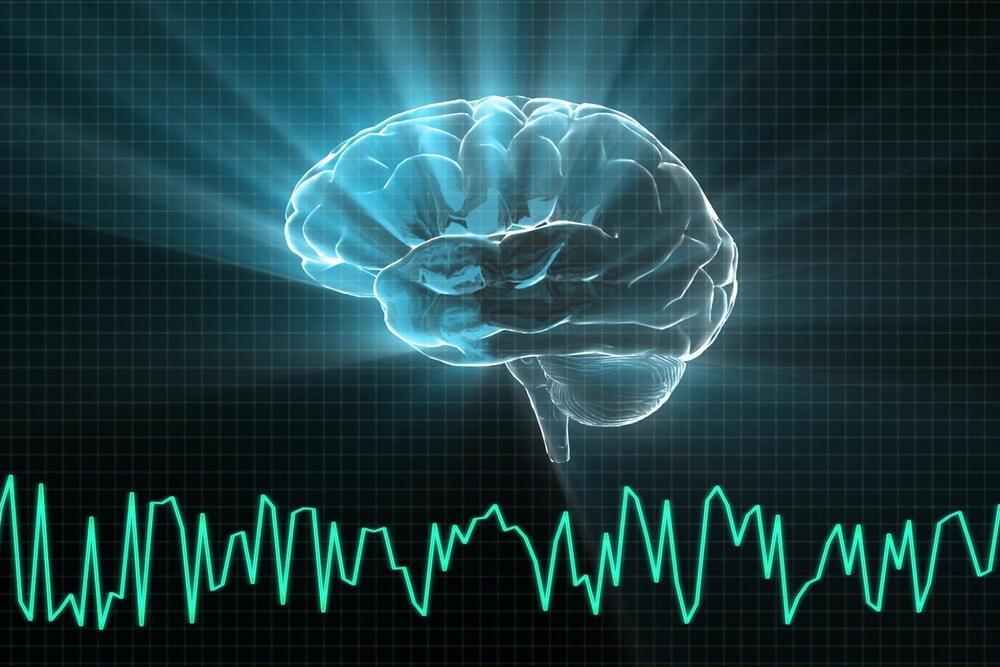Here’s how over 300 astronomers captured the dazzling first image of Sagittarius A*, and why it matters.
Our team was part of the global Event Horizon Telescope (EHT) Collaboration, which has used observations from a worldwide network of eight radio telescopes on our planet — collectively forming a single, Earth-sized virtual telescope — to take the stunning image. The breakthrough follows the collaboration’s 2019 release of the first-ever image of a black hole, called M87*, at the center of the more distant Messier 87 galaxy.
Black holes: Looking into darkness
The team observed Sagittarius A* on multiple nights, collecting data for many hours in a row, similar to using a long exposure time on a camera. Although we cannot see the black hole itself, because it is completely dark, glowing gas around it reveals a tell-tale signature: a dark central region (called a “shadow”) surrounded by a bright ring-like structure. The new view captures light bent by the powerful gravity of the black hole, which is four million times more massive than our Sun. The discovery also yields valuable clues about the workings of black holes, which are thought to reside at the center of most galaxies.









